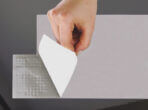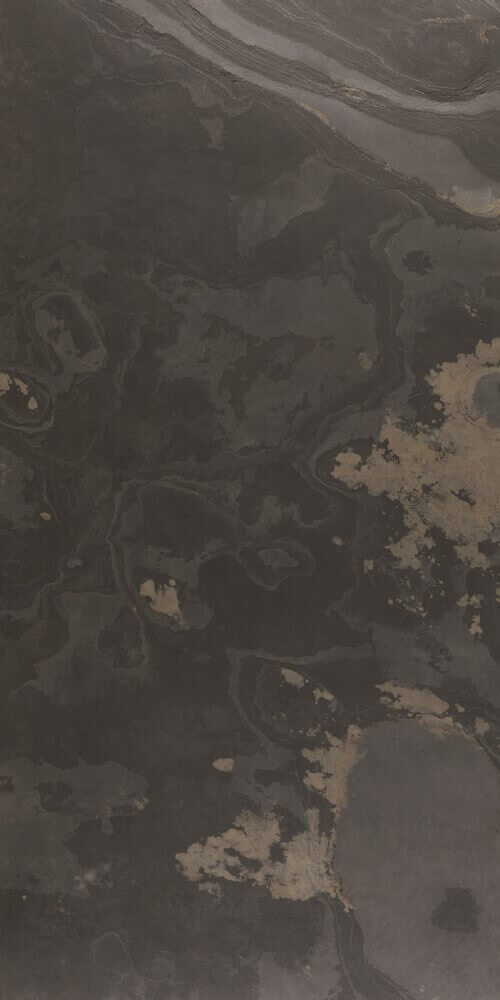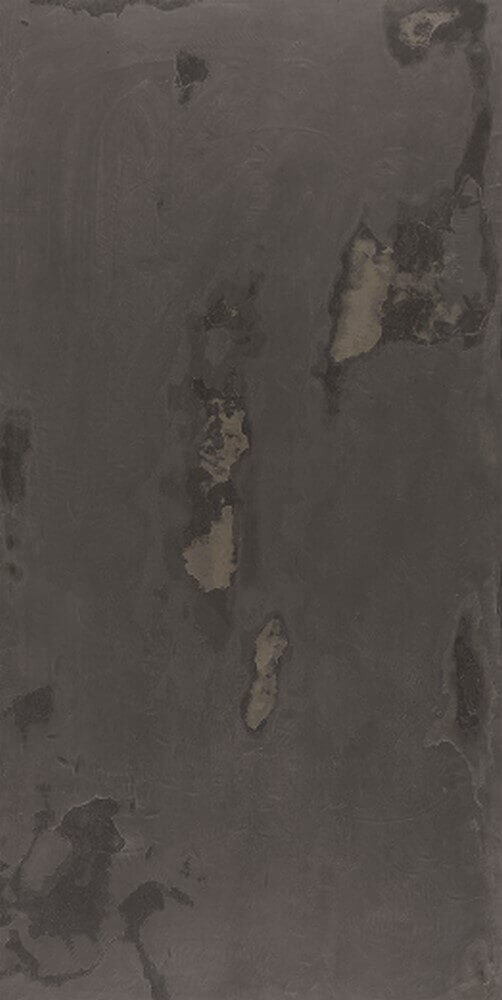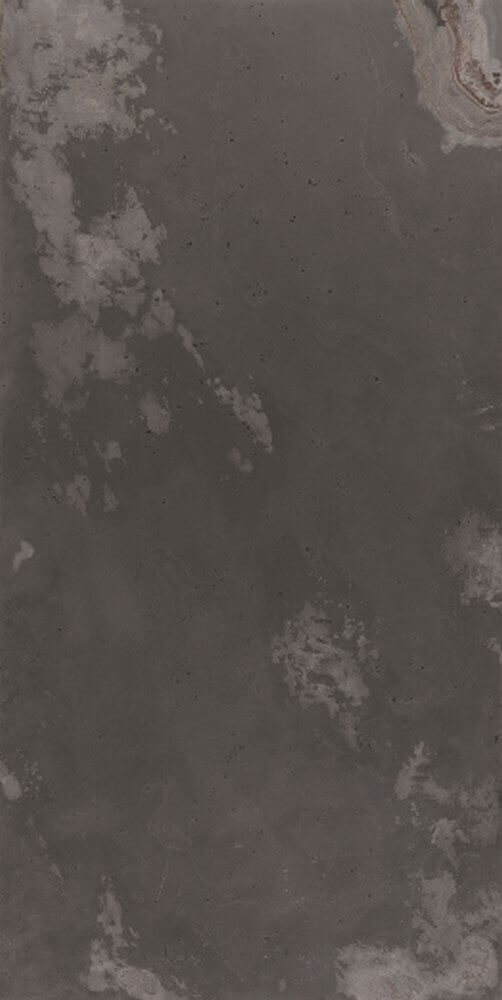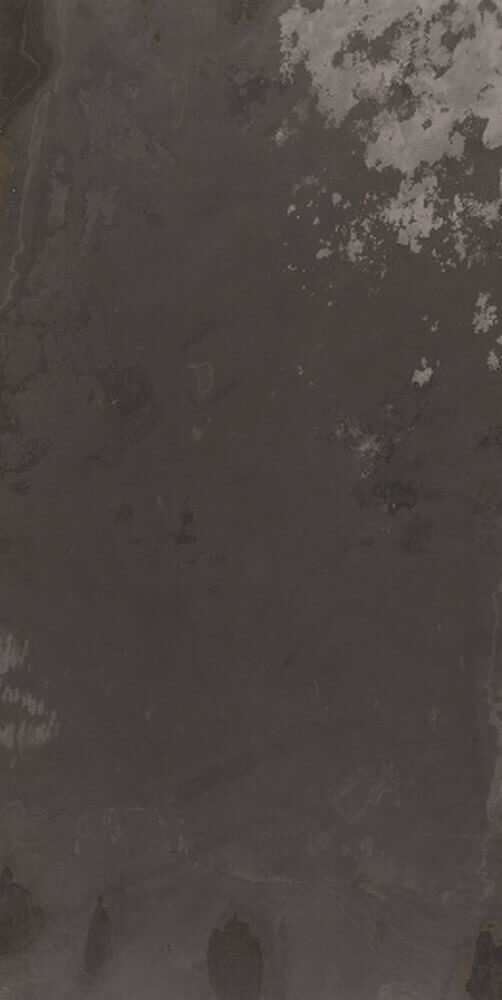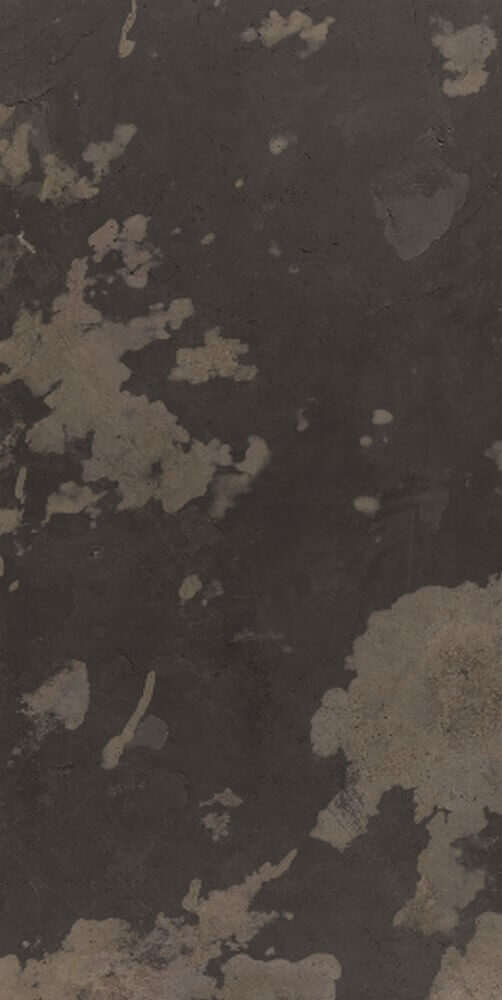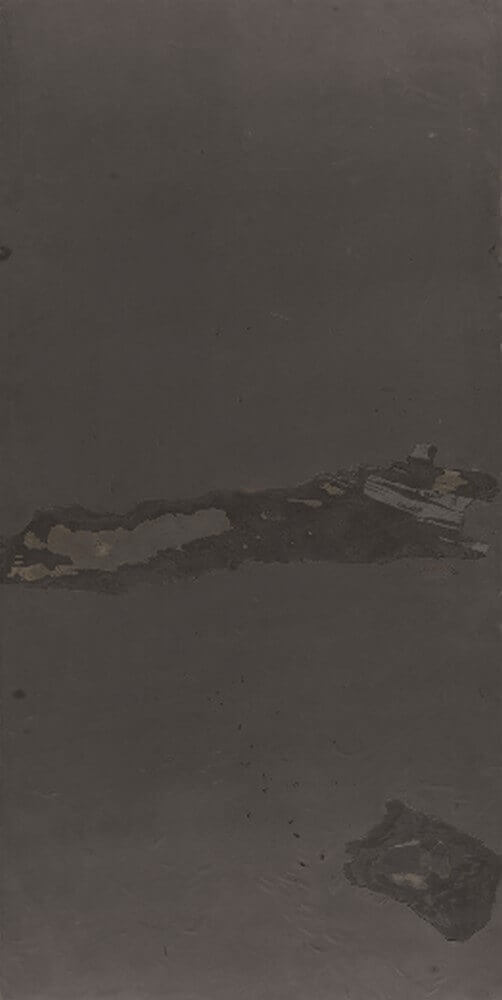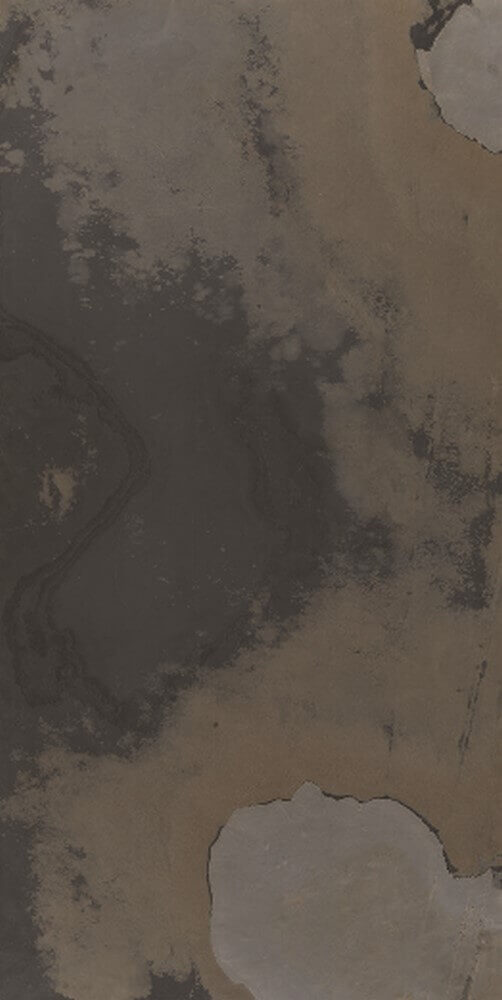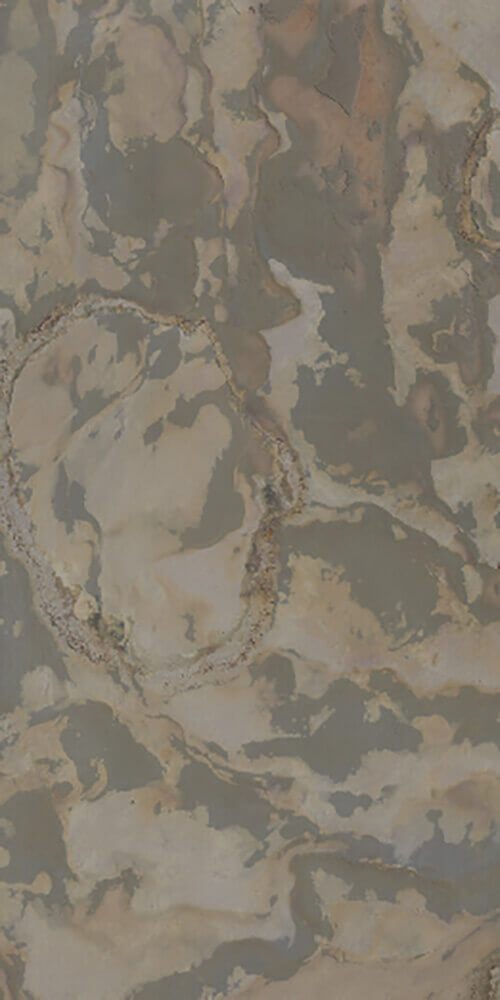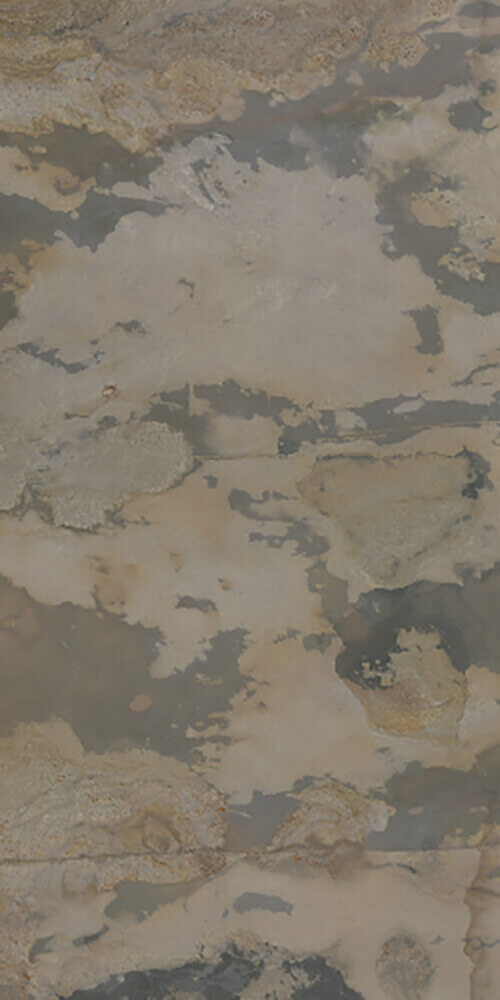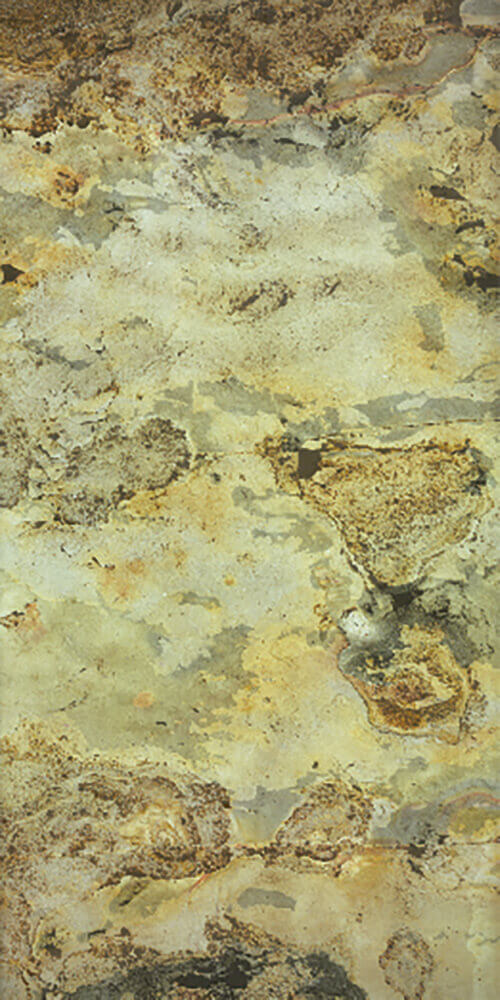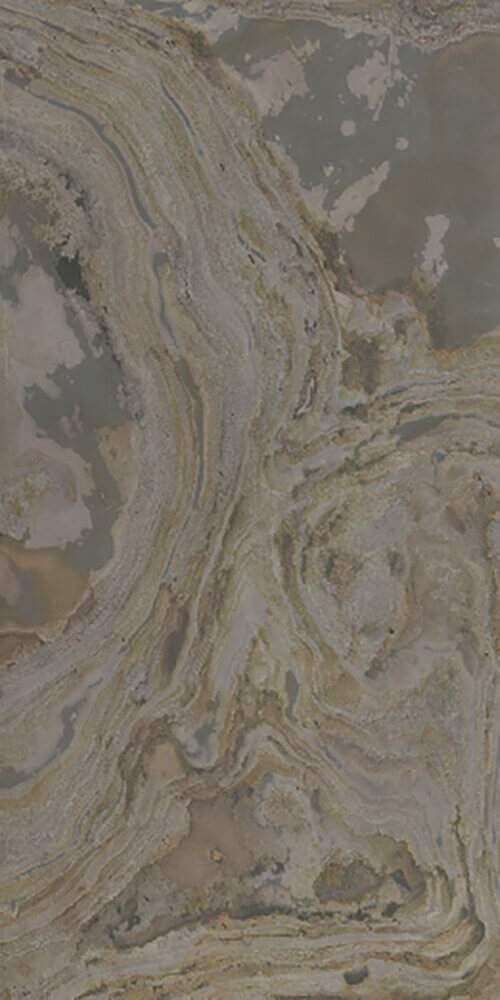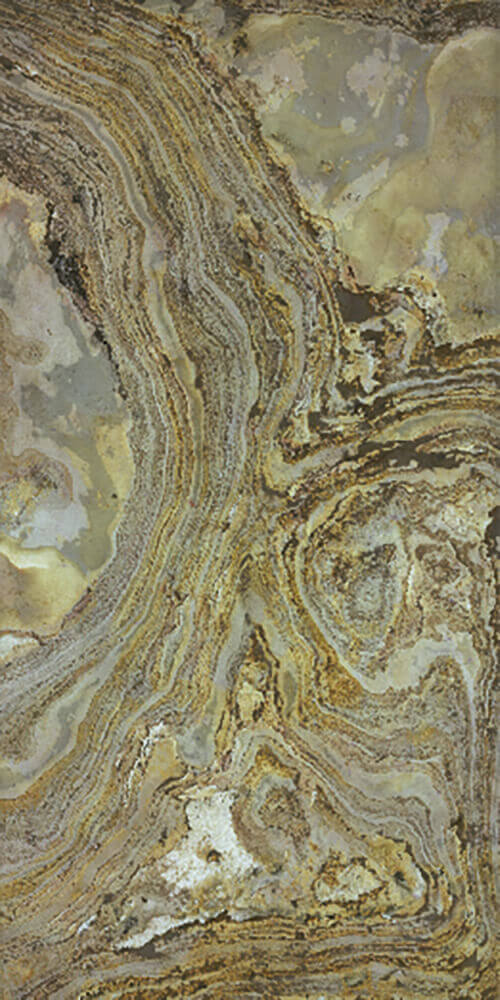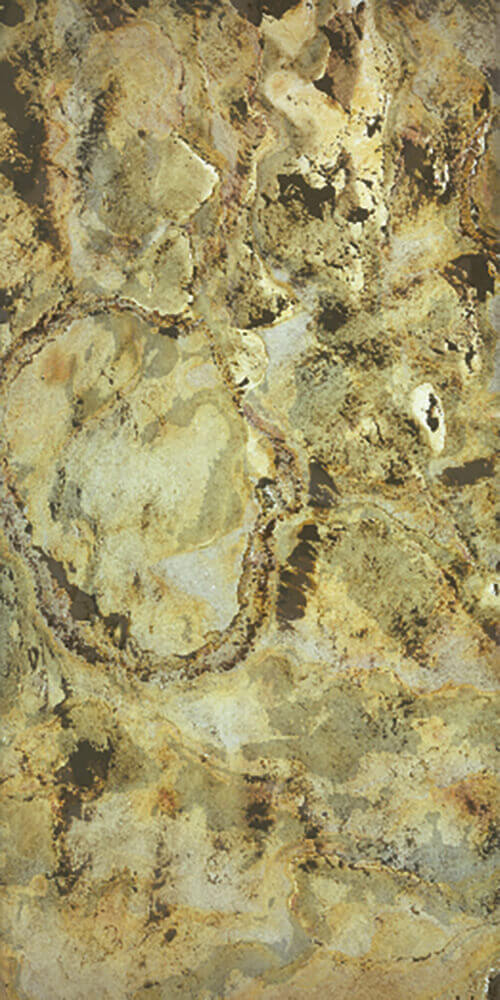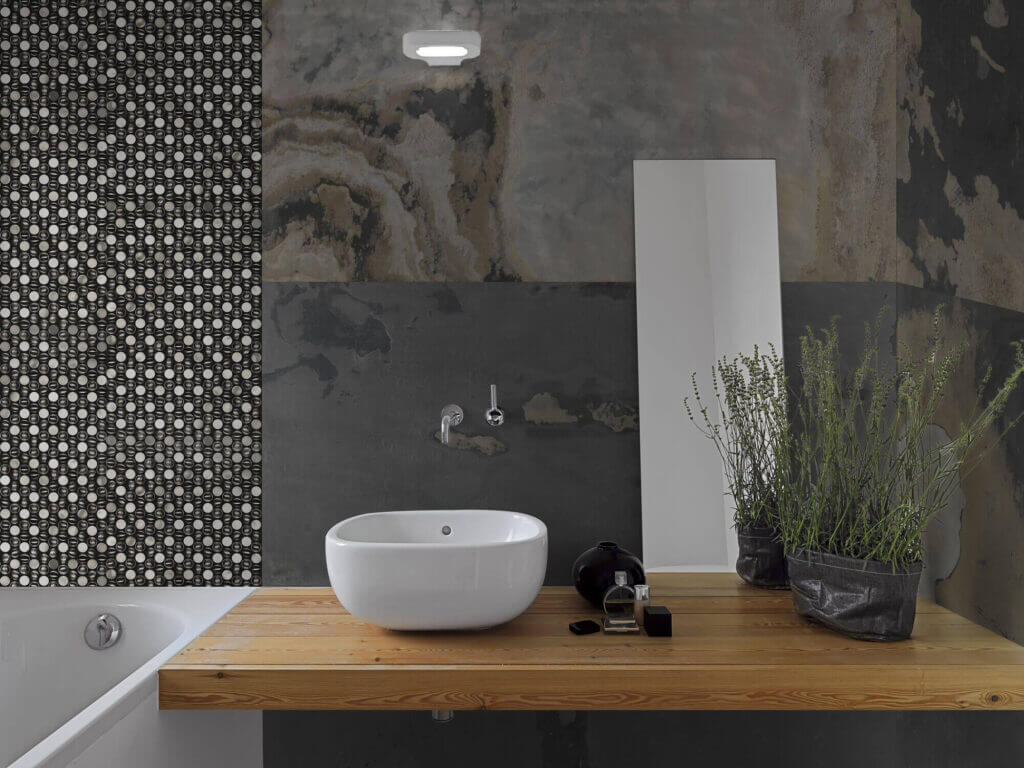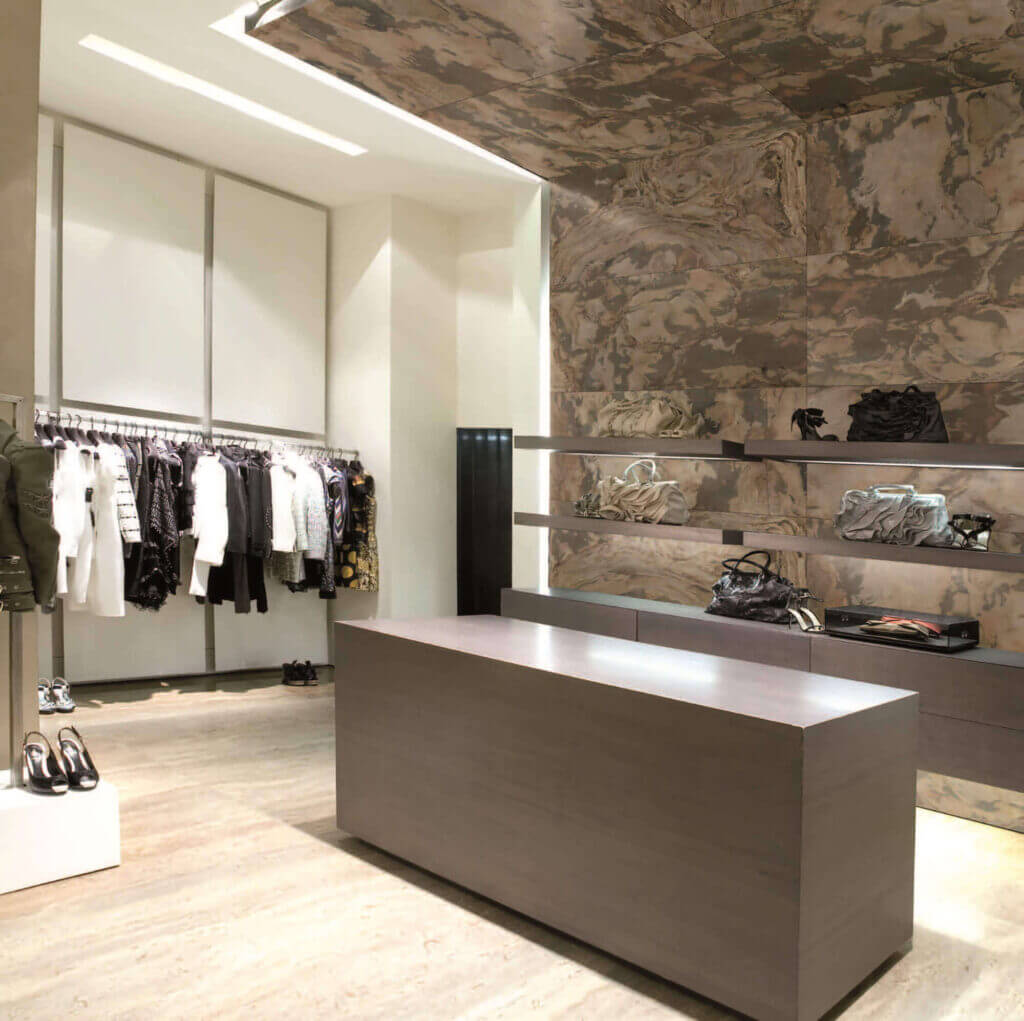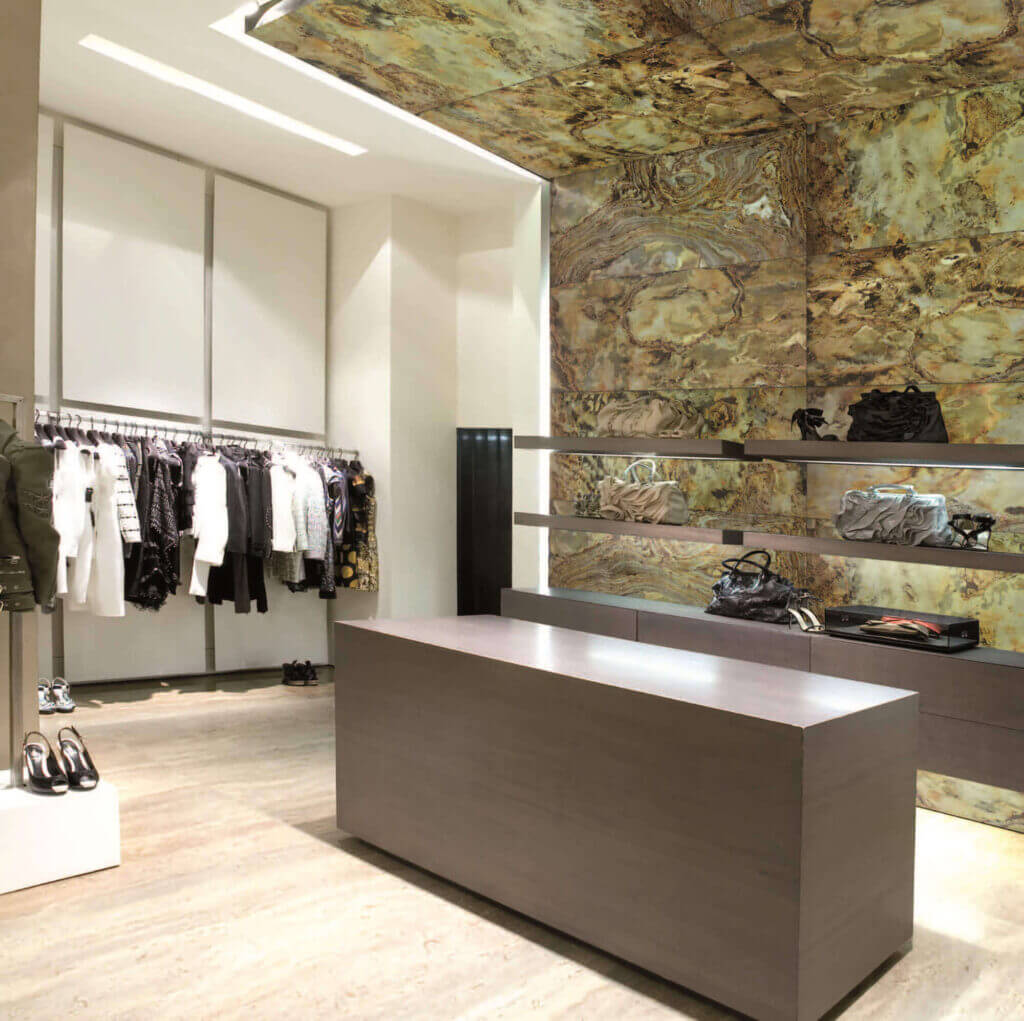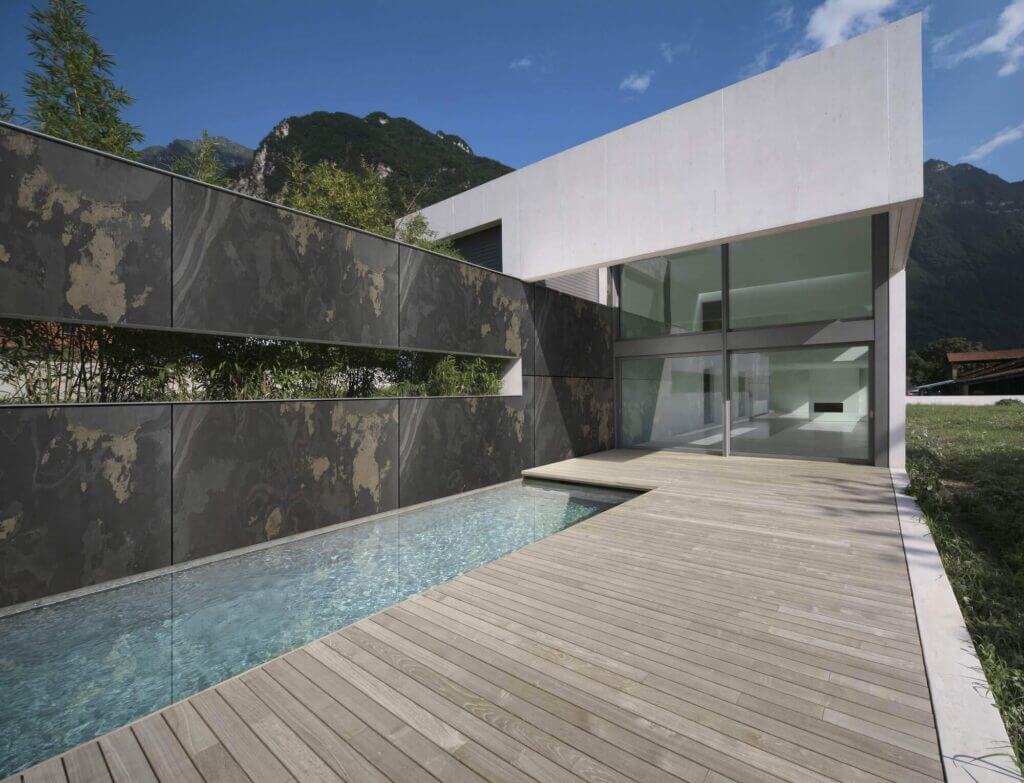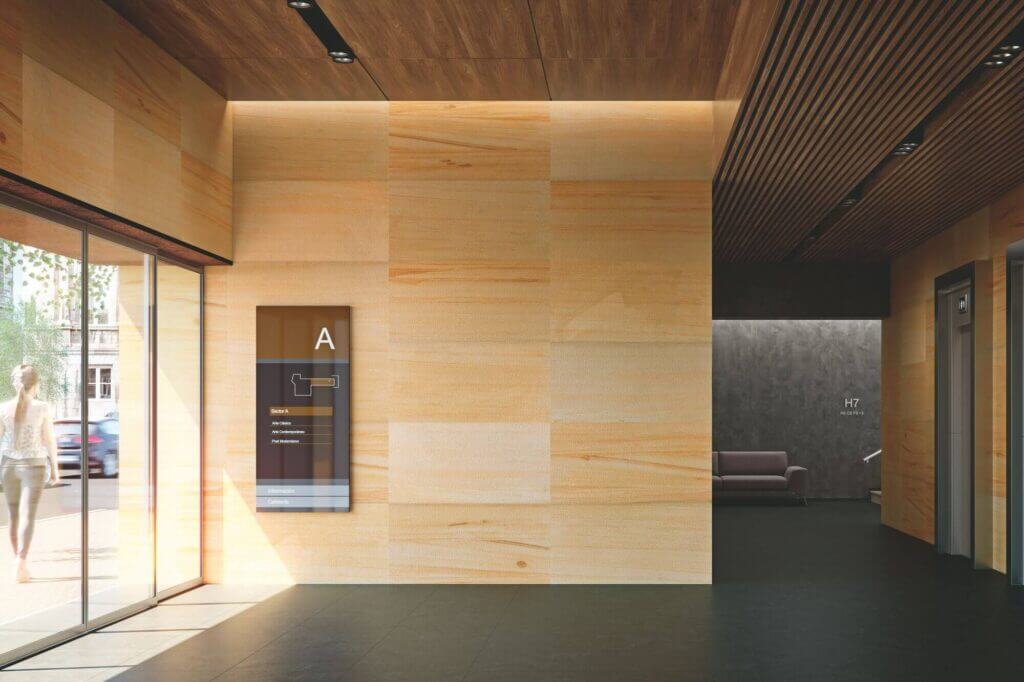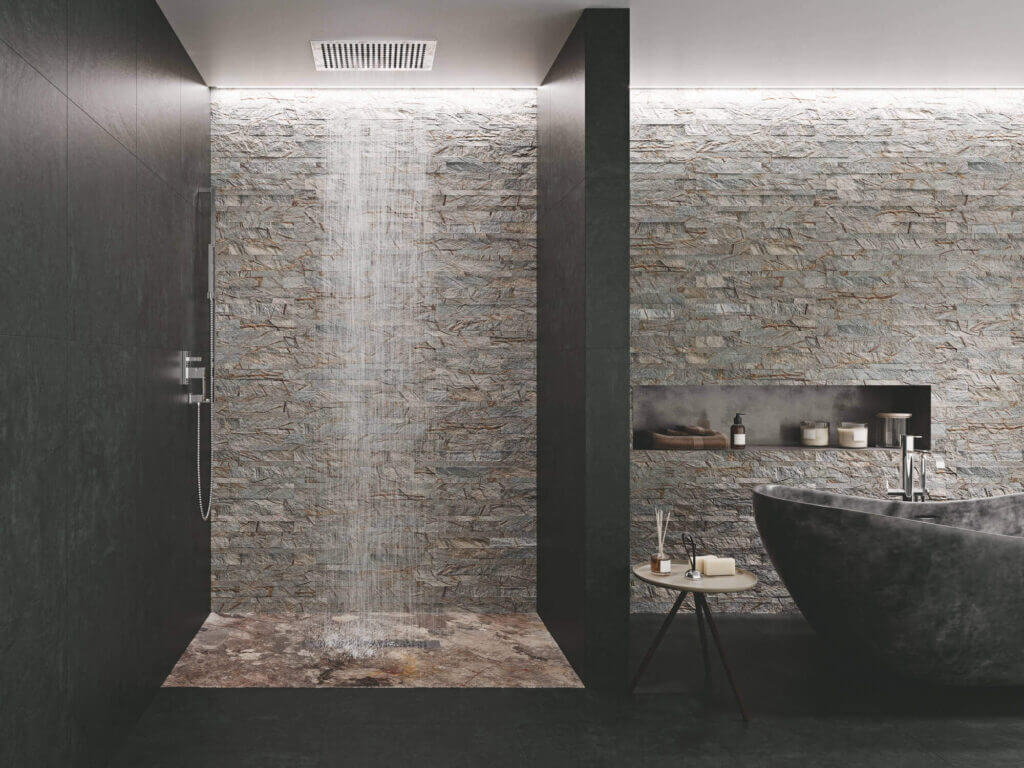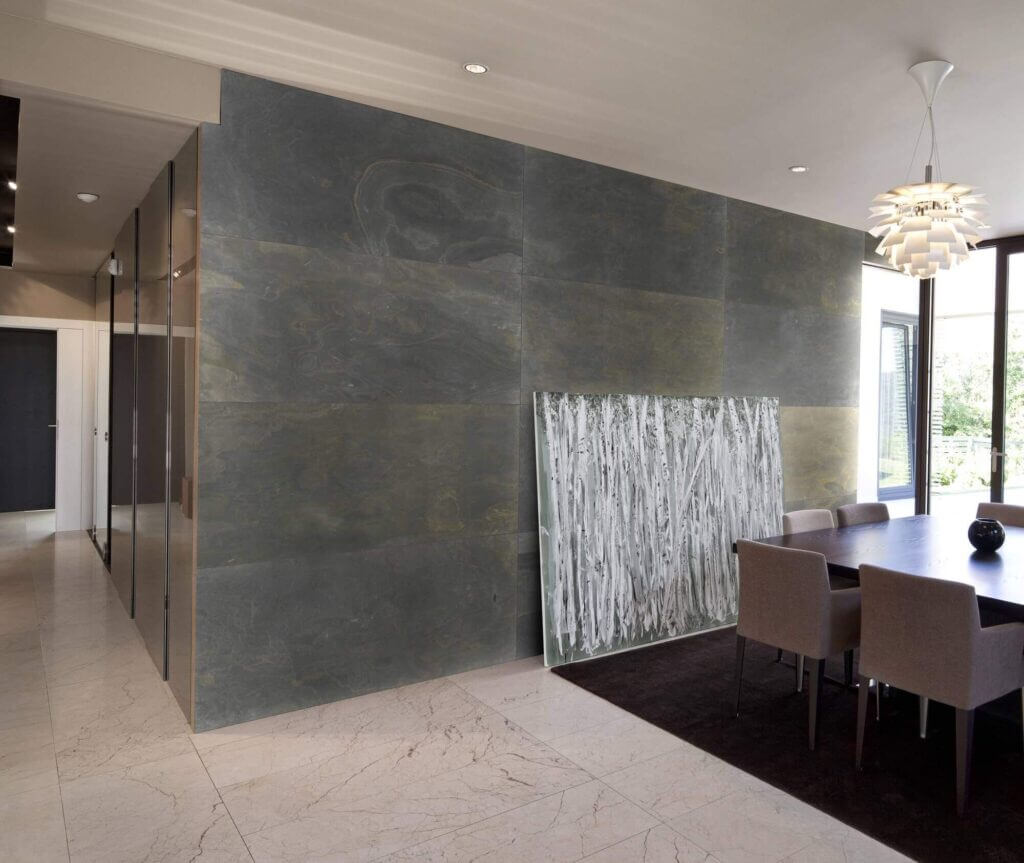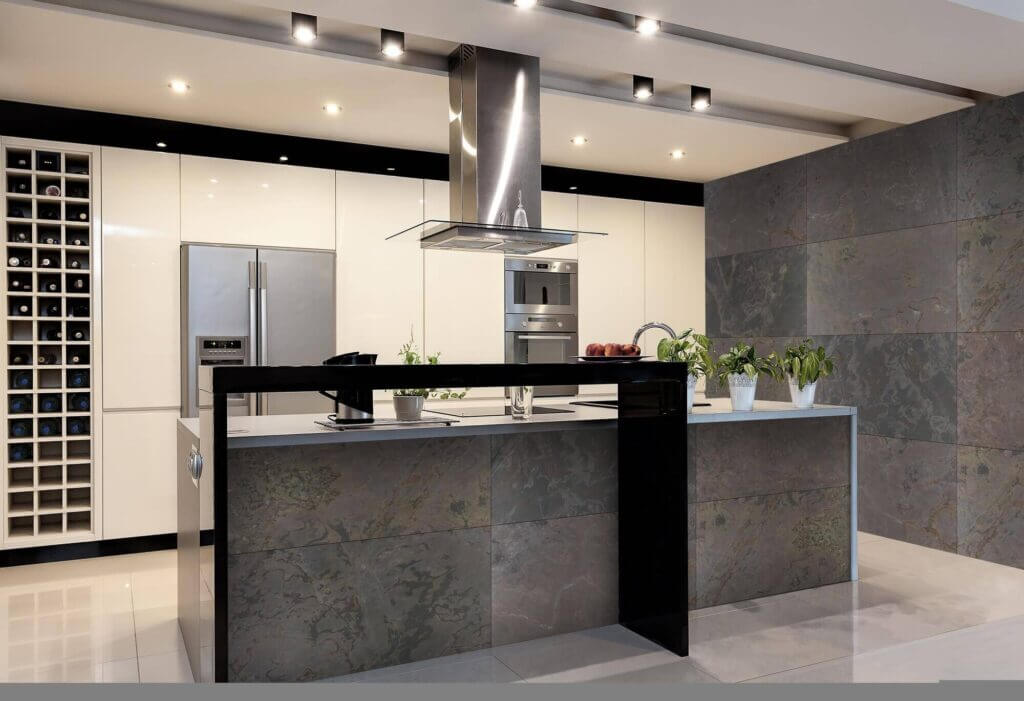1.- PLACEMENT SUPPORTS.
For the correct placement, we will carry out a diagnosis of the support or surface taking into account: stability, compressibility of the intermediate layers, fullness, cohesion, water absorption capacity, texture, chemical compatibility and state of the placement surface that will receive the grip material. The surface to be covered must be flat, dry, and free of grease, oil or powder and have adequate stability. It is very important to respect the adequate setting and maturation times of the supports so that they can correctly support the loads and avoid possible tensions and structural movements that could be transmitted to the upper layers.
2.- PLACEMENT.
Porcelain stoneware will be installed using the thin layer technique using cementitious adhesives or reaction resin adhesives. The use of the thick layer technique with traditional mortars is not recommended, since the very low water absorption capacity of porcelain does not guarantee adherence.
2.1. GENERAL REQUIREMENTS.
Type C2 cementitious adhesives will generally be used, especially outdoors and on unconventional supports. Layer of the bonding material between 5 and 10 mm maximum thickness. It is necessary to apply with a notched trowel to ensure the homogeneity of the layer. Supports with flatness type I (deviation< 3 mm measured on a 2 m ruler). The adhesive must be protected from rapid drying. It is not recommended to moisten the tile with water.
2.2. ENVIRONMENTAL CONDITIONS.
The application must be carried out when the ambient temperature, the temperature of the support and that of the materials are between 5 °C and 30 °C. Wind speed not higher than 50 km/h. Avoid rain in outdoor placement.
2.3. PREPARATION OF ADHESIVES.
Cementitious adhesives:
It is prepared according to the manufacturer’s instructions, with suitable tools and clean water. Knead with a mixer at low revolutions until a homogeneous and creamy lump-free paste is obtained. It will be used within the shelf life period, and should not be remixed with additional water. The amount of mass produced will be adjusted to consumption according to the placement speed and environmental conditions. Dispersion adhesives: They are usually marketed in the form of a paste, ready to be used. Reaction resin adhesive: They are prepared following the manufacturer’s instructions. It is vitally important to use the components in their proper proportions. Make a good mixing in order to obtain a homogeneous mixture. The use of a mixer with a helical mixer is recommended. It is important to prepare and apply these materials within the temperature range proposed by the manufacturer (between 10 and 25°C).
2.4. SIMPLE GLUING.
The selection of the trowel depends on factors such as the type of installation, the flatness of the installation surface, the dimensions of the tile and the type of adhesive to be used. The adhesive is spread over the installation surface and the appropriate amount is combed with a specified trowel. It is important to ensure that the installation is carried out within the open time of the adhesive to prevent the formation of a dry film that impairs adhesion. The ceramic tile is placed on the adhesive layer by means of a sliding movement until the grooves are completely flattened, which guarantees the solidity and correct adherence of the entire surface. Pressure can also be applied with a rubber mallet.
2.5. DOUBLE GLUED.
It will be used in: Exterior coatings and pavements. Laying of tiles with a format greater than N 35×35 cm or equivalent surface. Interior flooring subjected to significant dynamic and static loads. To apply it: On the one hand, the adhesive is spread over the installation surface with a notched trowel and on the other, the adhesive is spread on the back of the tile with the trowel or trowel, or on the straight side of the trowel. The final thickness of the adhesive must not exceed the maximum recommended thickness. Ceramic tiles are laid before the 13:50 formation of a dry film on the surface of the adhesive.
